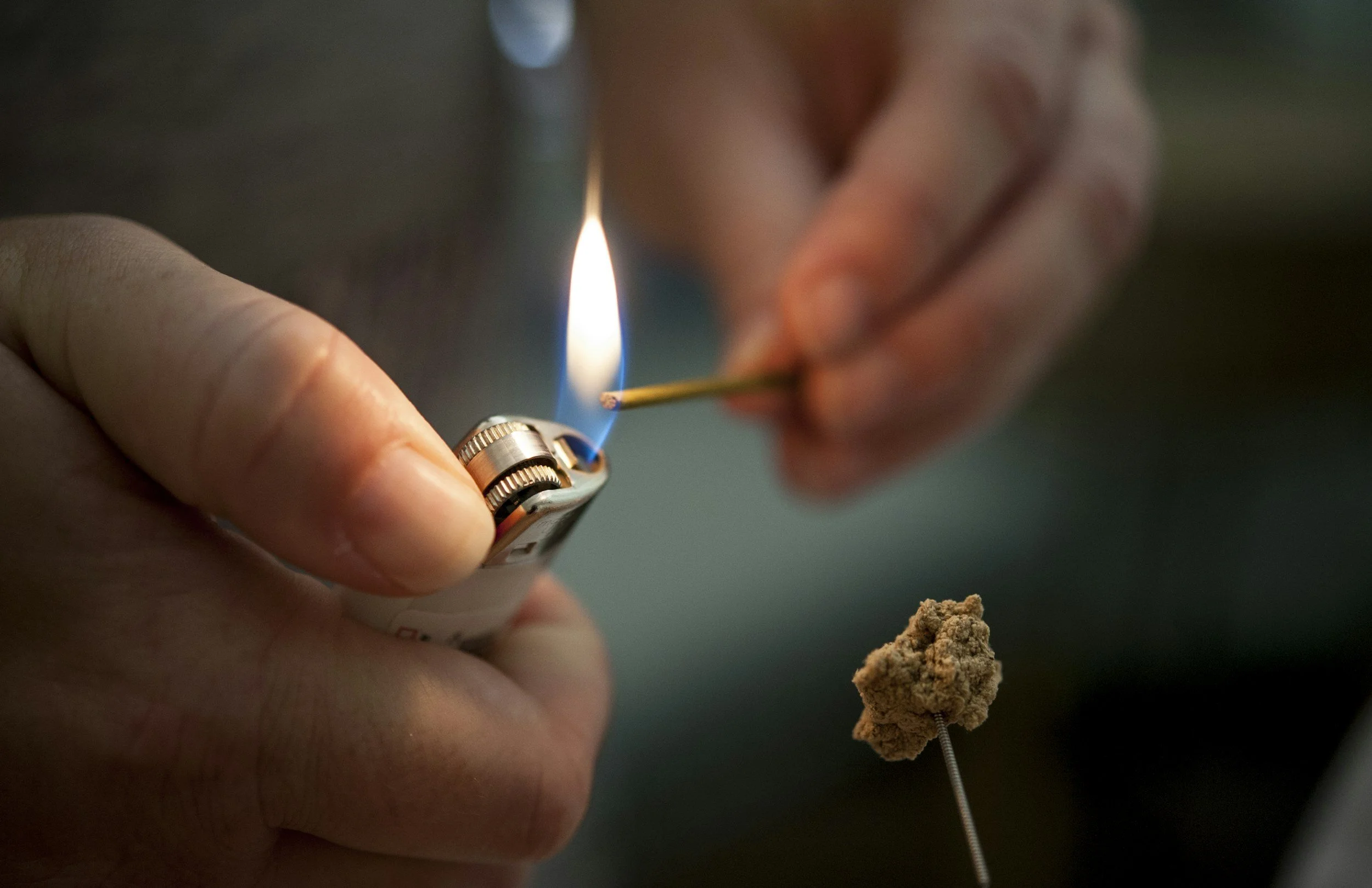ACUPUNCTURE & TRADITIONAL CHINESE MEDICINE
The yin yang of it all
Let’s get to the point…
These days, most people are familiar with acupuncture—particularly its ability to ease aches and pains and regulate the nervous system (think stress and anxiety, folks). But what about everything else? In this post, we dive into the ins and outs of Traditional Chinese Medicine, acupuncture, and lifestyle therapy—oh my!
What is Acupuncture?
Acupuncture involves the insertion of ultra-fine needles into specific points on the body. To give you a sense of scale: while a typical injection needle measures about 2.9mm, acupuncture needles are a fraction of that size—just 0.25mm (or smaller). Some people experience a slight "pinch" during needle insertion, while others feel little to no sensation. Once the needle is in place, the acupuncturist may gently manipulate it to provoke a different sensation.
Our relationship to pain is key here. The word “pain” often conjures negative connotations—unpleasant, hurtful, uncomfortable. However, if we broaden our view of bodily sensations, we might also describe what we feel as “dull,” “cool,” “warm,” “heavy,” “sharp,” “pulling,” or “grabbing.” The sensation might not always be painful, but it could still feel intense or unusual. The goal is not to avoid discomfort altogether, but to expand our understanding of what’s happening in the body and embrace the experience.
When a therapist asks, “How does that feel for you?” it’s an invitation to tune into your body’s signals. Similarly, the sensations you experience during acupuncture provide valuable feedback for the practitioner, so don’t hesitate to communicate during treatment.
The western and eastern perspectives of acupuncture
Acupuncture and TCM can be explained through both Eastern and Western lenses.
From the Eastern perspective, TCM refers to concepts such as meridians, qi (energy flow), yin, yang, and balance.
From a Western perspective, we interpret these same concepts in terms of the parasympathetic nervous system, neurotransmitters, hormones, muscle tissue, and more.
The key takeaway is that both approaches are describing the same phenomena, just in different languages. TCM is rooted in physicality, focusing on the dynamic relationship between mind, body, and energy.
Where we see a distinction is in paradigms. TCM operates on a principle of wholism—the understanding that mind and body are interconnected. In this view, you are one with your body. To treat the body is to treat the mind, and vice versa. In contrast, Western medicine often treats the body and mind as separate entities, with doctors handling the body and therapists handling the mind. But in reality, we are not separate from our bodies. We are our bodies—simple as that.
the diagnostic process
With over 360 acupuncture points on the body, the diagnostic process is crucial. During your first visit, much of the intake is dedicated to asking questions—sometimes up to an hour’s worth! This comprehensive assessment scans your entire body and its systems, giving us an understanding of your overall health.
Why is this important? Because all systems are interconnected. For example, you might wonder, “How can my dry skin be related to my chronic cough?” In TCM, everything is linked. This holistic approach is the very foundation of our diagnostic process, aiming to restore balance and promote healing.
Acupuncture can address a broad spectrum of conditions, from gynecological issues and persistent fatigue to colds, migraines, digestive disorders, musculoskeletal pain, and arthritis. The list goes on! Thousands of years of empirical observation have built a robust body of knowledge, confirming acupuncture’s effectiveness in treating both acute and chronic health concerns.
At the core of TCM lies the concept of yin and yang, an all-encompassing system that governs not just our bodies, but our environment and the universe. Yin and yang are dynamic forces that work in harmony—each needing the other to create balance.
To keep it simple:
Yin represents stillness, cold, density, and the body's internal fluids and structures (bones, organs, tissues).
Yang represents warmth, energy, movement, and the body's more dynamic systems (digestion, respiration, circulation).
Together, they maintain equilibrium. When yin and yang are out of balance, disharmony arises, leading to illness. When they are in harmony, we experience homeostasis—a state of optimal health.
As acupuncturists, our job is to tonify (nourish) or adjust these forces, helping the body return to a balanced state by working with the nervous system to restore harmony.
a unified approach to healing
In the world of Chinese Medicine, the mind and body are not separate entities, but parts of a unified whole. TCM helps us understand the interconnection between our physical and mental states, working with the body’s own natural healing processes to restore balance.
Acupuncture is just one of the many tools we use to tap into this vast system, adjusting the flow of energy and balancing the forces of yin yang. Whether addressing chronic pain, emotional stress, or systemic health concerns, acupuncture helps you reconnect with your body, promoting healing from the inside out.
With light,
Fallon Drinkall
R.TCMP, R.AC



